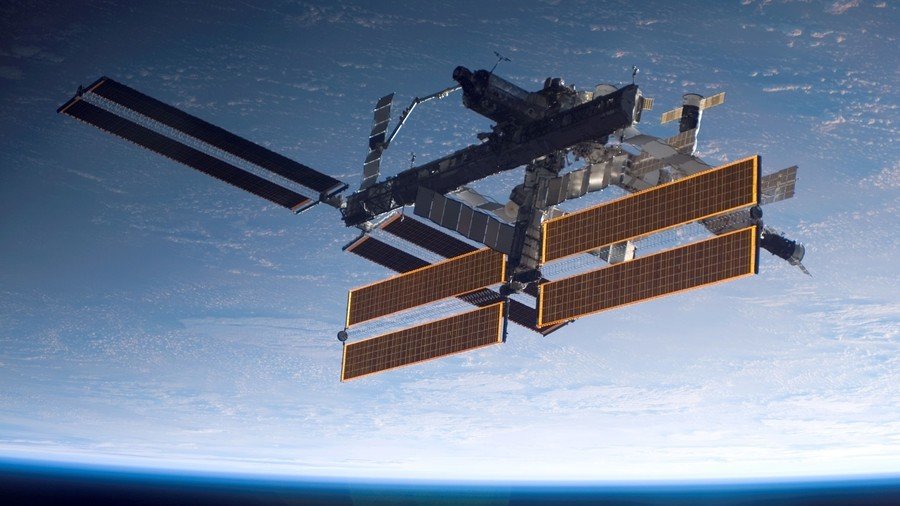‘Elevator to space’: Japanese university testing new design for sending people to ISS

A ‘space elevator’ first proposed by a Russian rocket scientist more than 100 years ago may finally be put into action thanks to a new Japanese project which aims to connect Earth and the International Space Station via cable.
The concept was first mooted by Konstatin Tsiolkovsky in the late 19th century in the shape of a structure inspired by the then-new Eiffel Tower. Now, Shizuoka University’s Faculty of Engineering is preparing to conduct its first test in space, with the help of construction giant, the Obayashi Corporation. If successful, early tests of the project could see the first movement of a container to space via cable.
Researchers will launch two mini (10 sq cm) satellites from the Kagoshima’s Tanegashima Space Center in Japan to the ISS on September 11, reports The Mainichi, along with a 10-meter steel cable to connect the two satellites.
The satellites will be released from the ISS and a motorised container – acting as an elevator car – will travel back and forth along the cable. The maiden voyage will be also be recorded by cameras attached to the satellites.
Some of the obstacles facing the out-of-this-world journey include a possible collision with space debris and meteorites, the transmission of electricity from Earth to space, and the development of special cables that are resistant to cosmic rays.
Obayashi has previously said that they hoped to utilize carbon nanotechnology to get people to space, via robotic cars powered by magnetic linear motors, by 2050. The elevator will be able to reach the ISS in eight days, traveling about 200kph.
READ MORE: Uber partners with NASA on flying taxi project (VIDEO)
The cables will reach 96,000km (59,652 miles) into space, according to the company – far beyond the ISS’s location about 400km away. They expect the project to cost about $90 billion.
Obayashi says it envisages a space elevator using six oval-shaped cars, each measuring 18m x 7.2m and holding 30 people, connected by a cable from a platform on the sea to a satellite 36,000km above Earth.
It’s hoped the innovative alternative to space travel will eventually ferry people and cargo from Earth to space at a much more affordable price. Currently, sending a cargo shuttle to space costs about $22,000 per kilogram, the elevator will reduce that to about $200.
Like this story? Share it with a friend!















